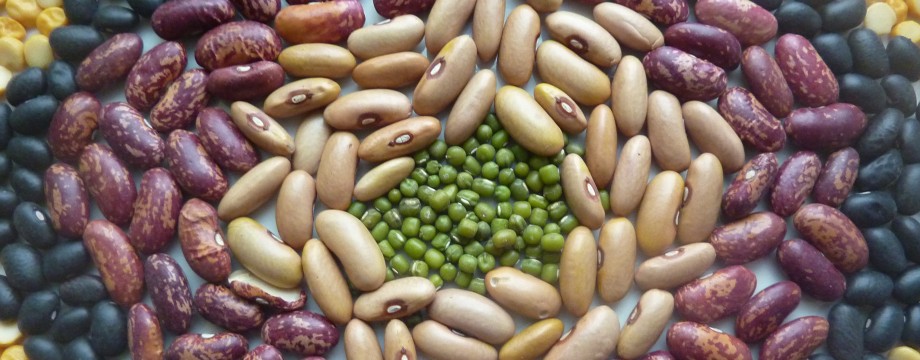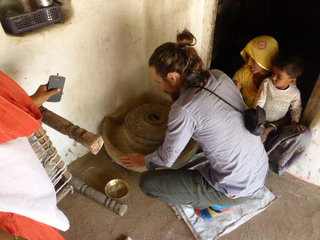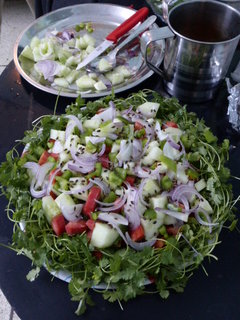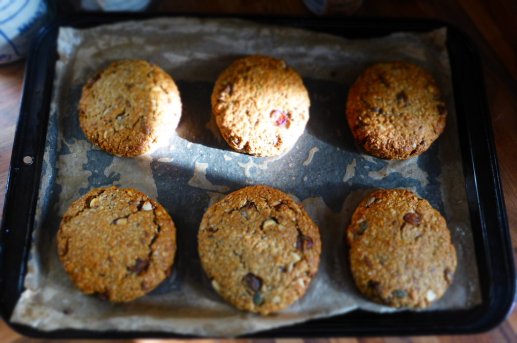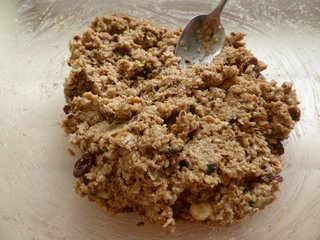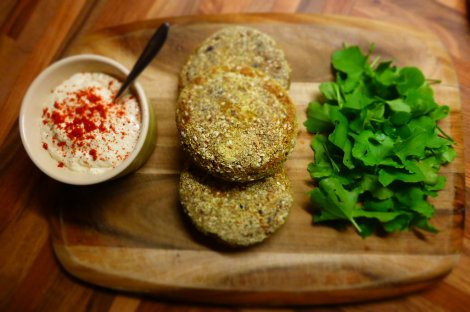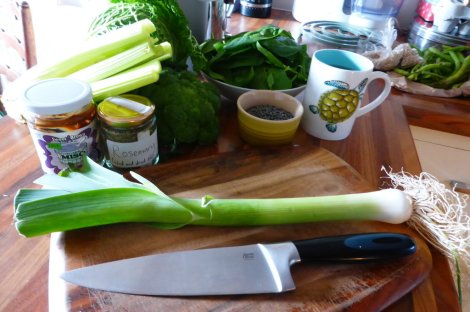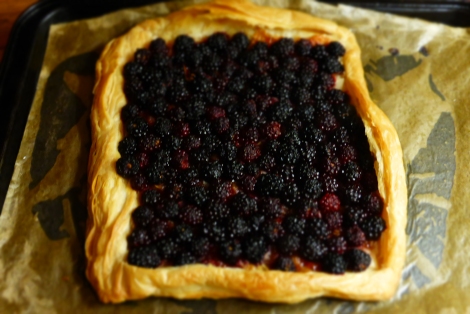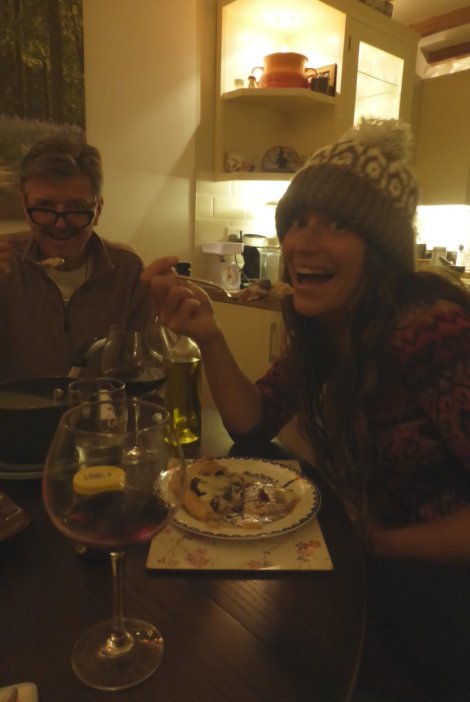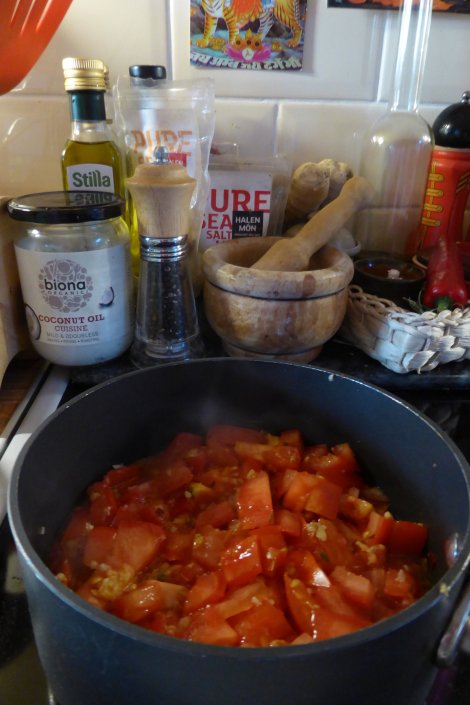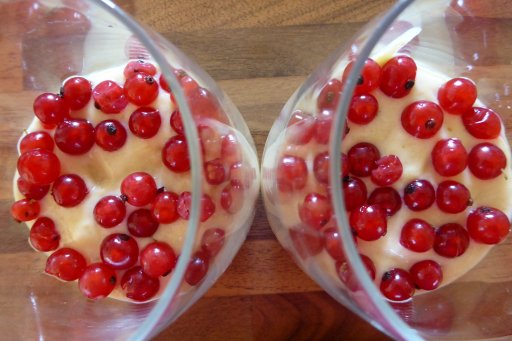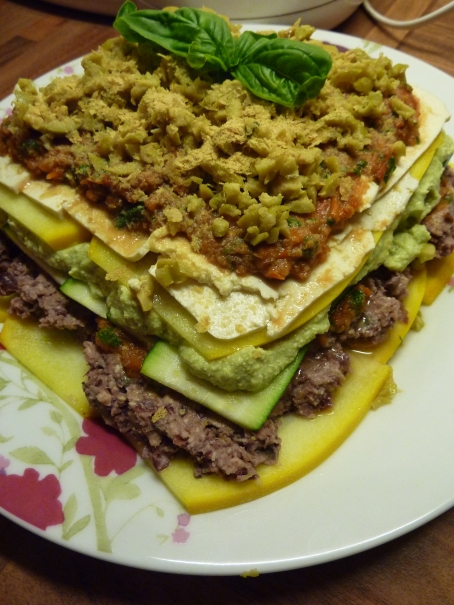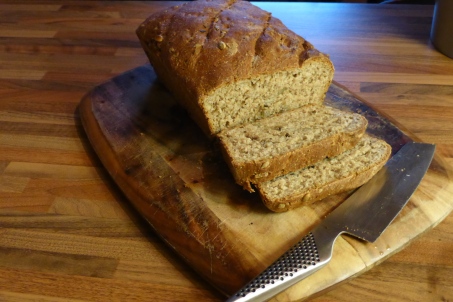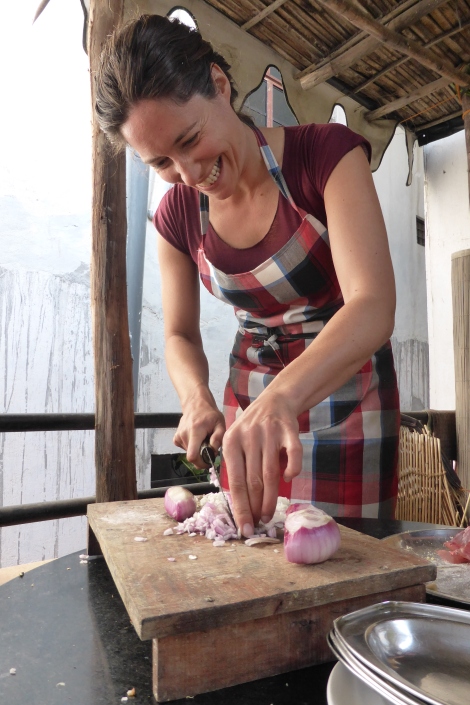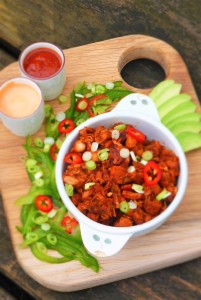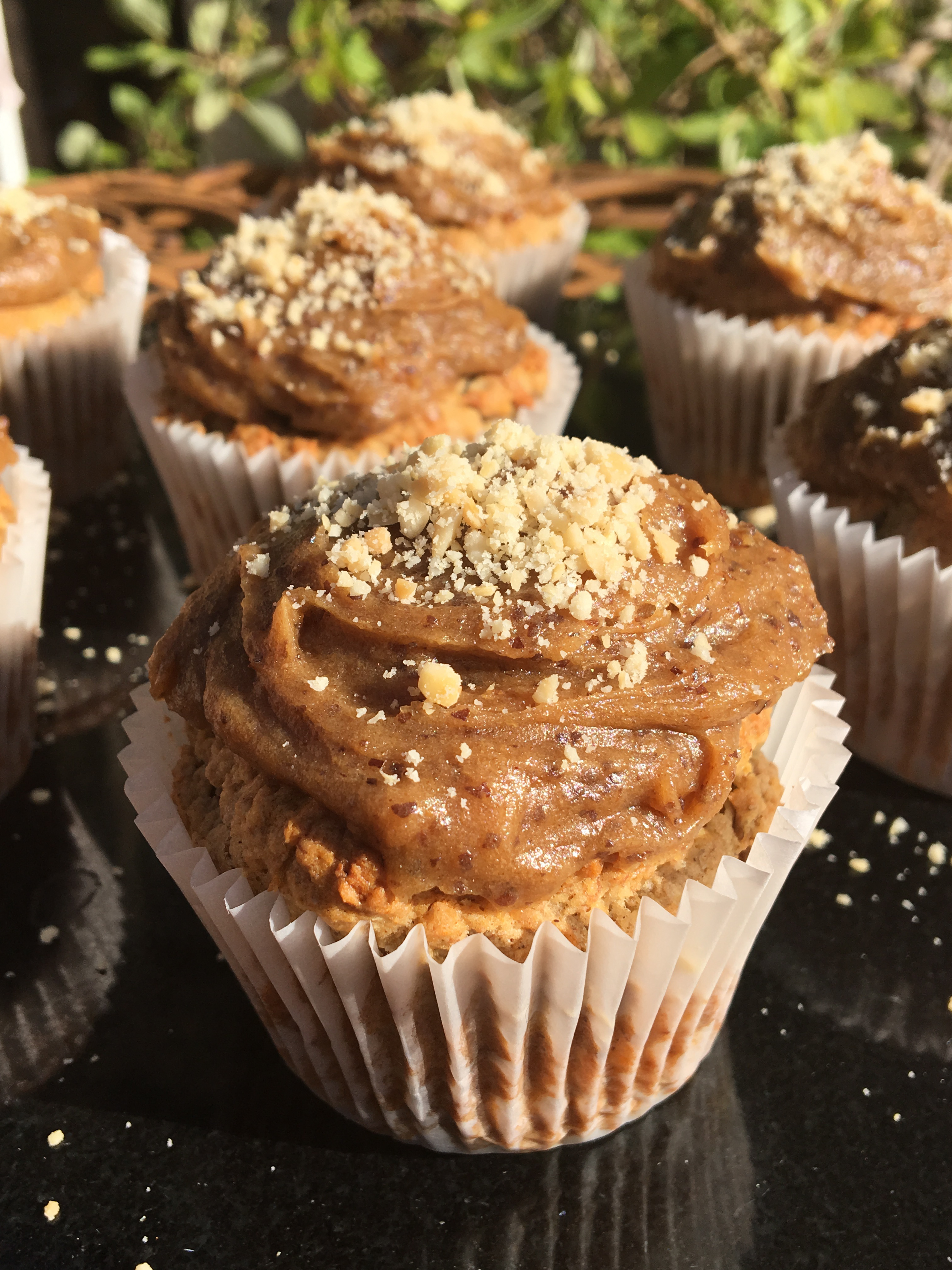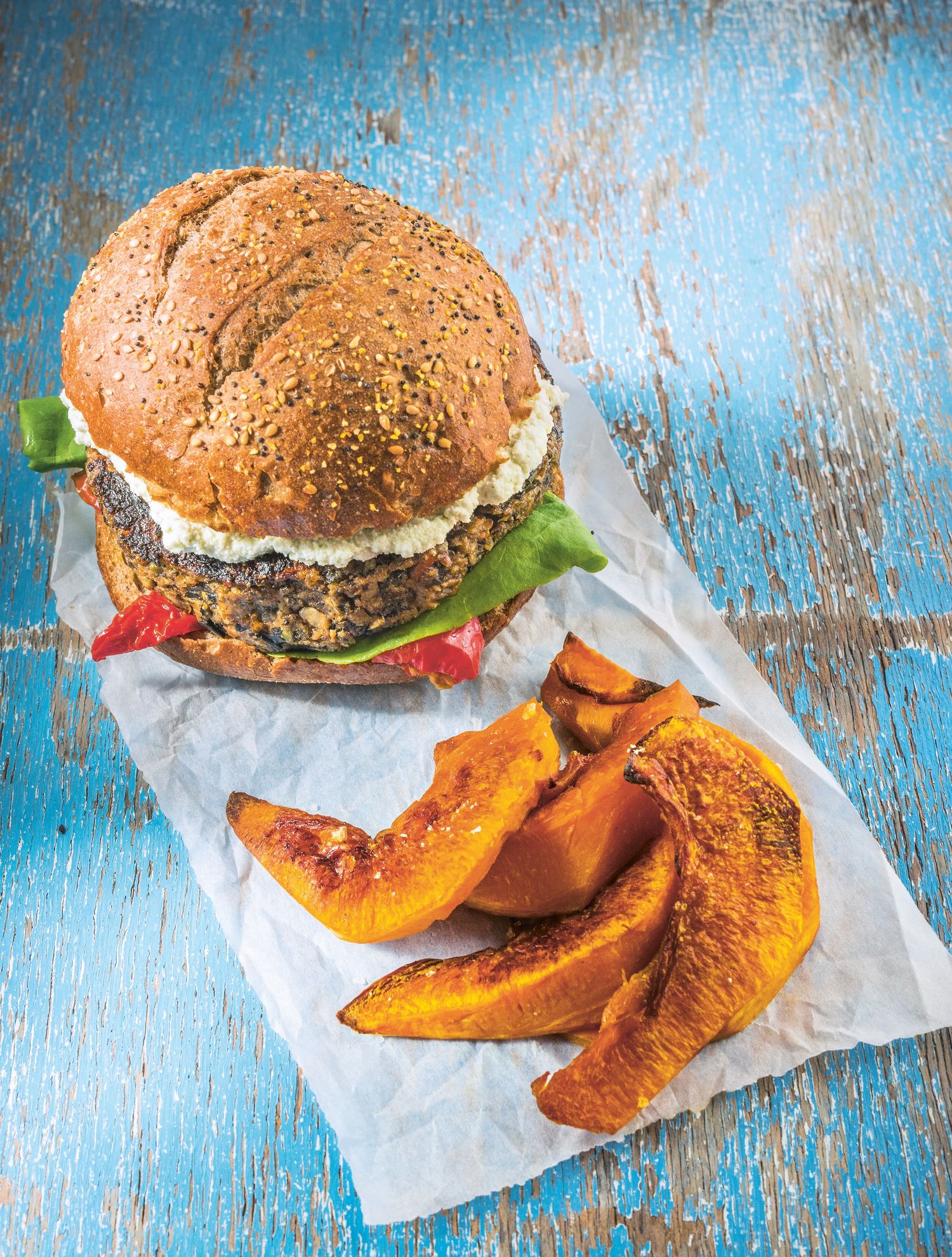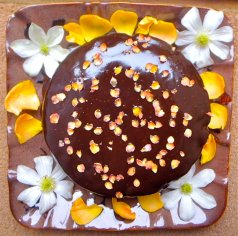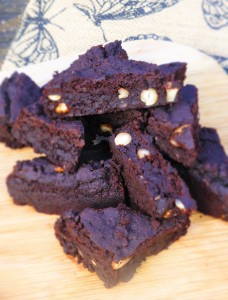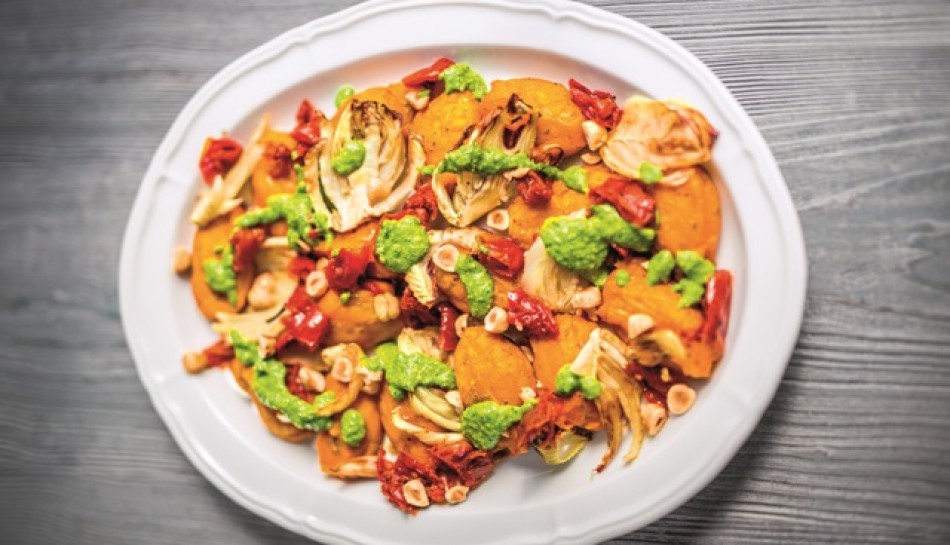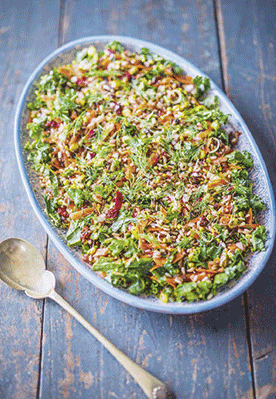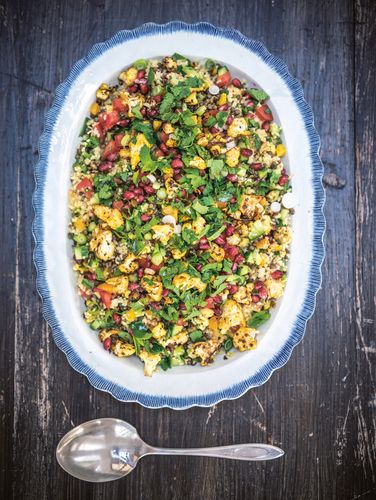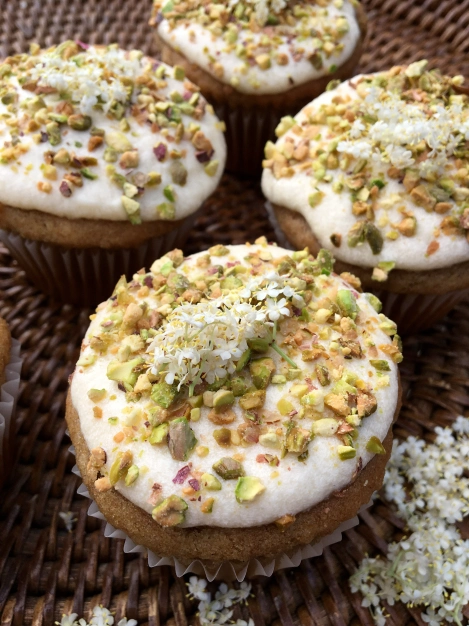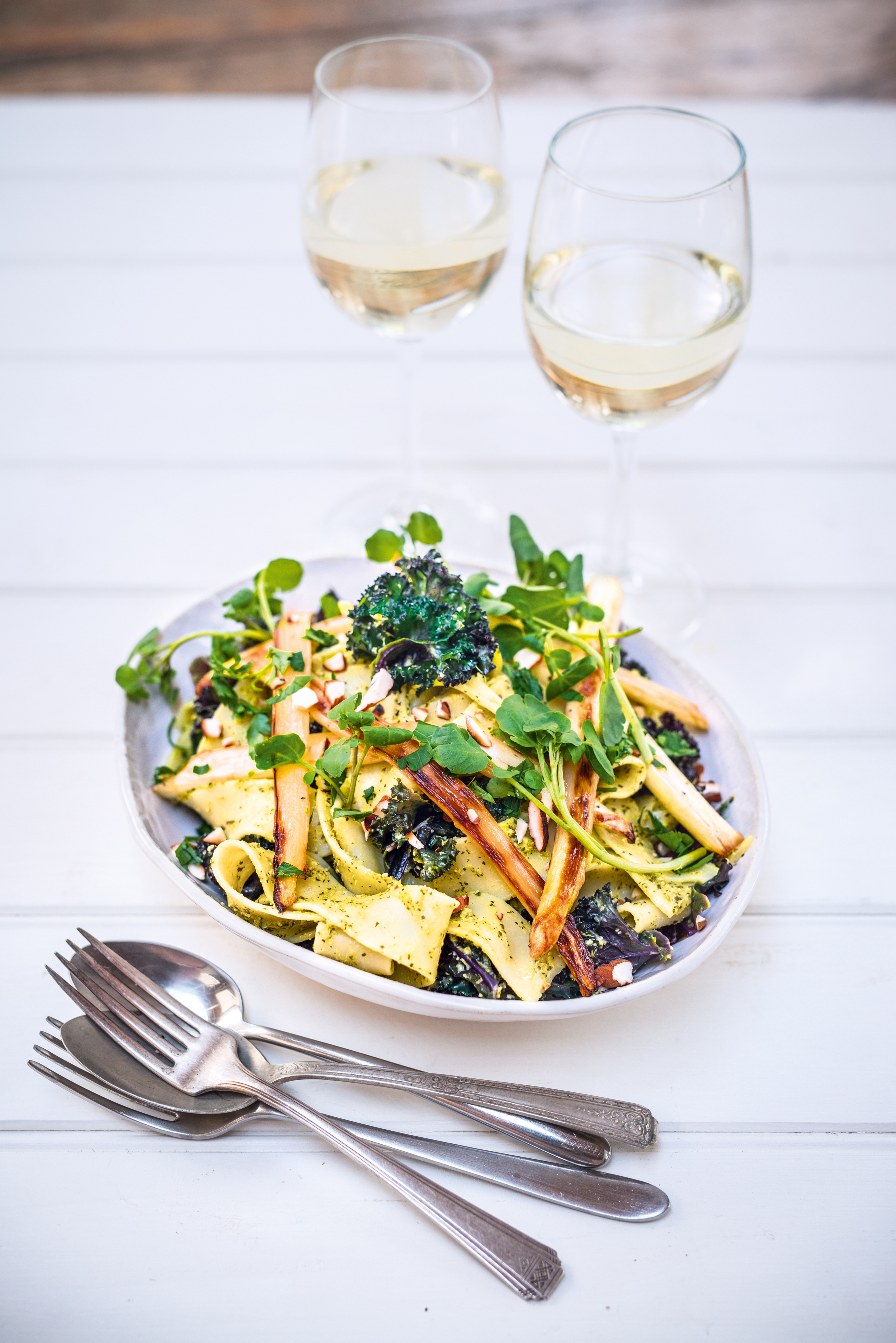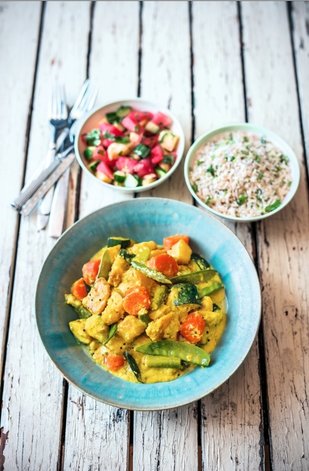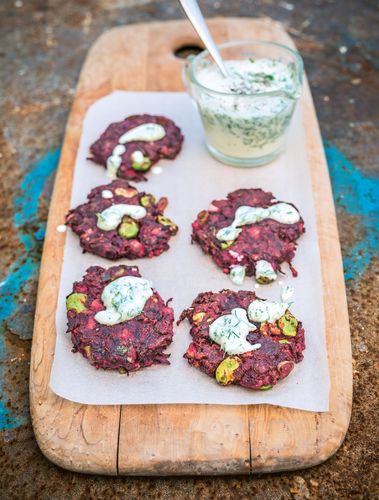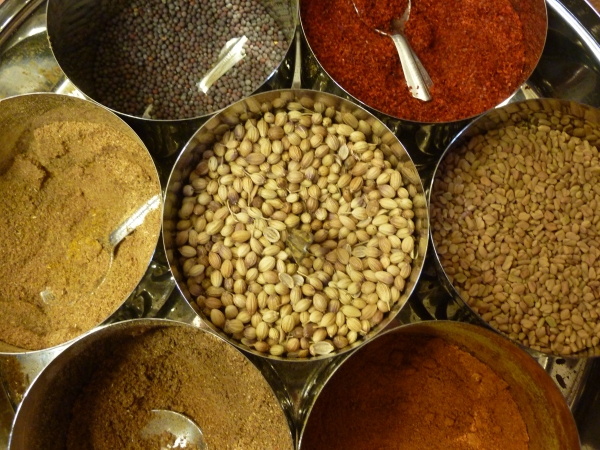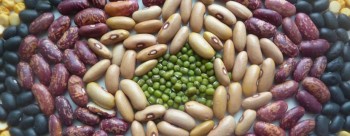B.H.K. IN JODPHUR, INDIA
I actually had our homestay’s version of this for breakfast today, sitting on a roof terrace feeling inspired, taking in the massive Mehangarh fort and early morning city skyline with black kites hovering overhead. The perfect breakfast setting! I had forgotten about this traveler classic salad. I enjoyed it so much, I’m having it twice today! This type of salad is so quick and fresh , apparently hailing from Israel. Salads like this are almost naked, stripped down and a showcase for glorious veggies. They have this kind of salad in many countries, Morocco, Turkey, Iran etc, it’s one of the world’s finest side salads that compliments almost any meal.
Any traveler around India will recognise this salad, it’s served in most traveler/ backpacker style restaurant or cafes. India is a home for many hybrid style world cuisine dishes. For example, German Bakeries are everywhere selling bready croissants and random biscuits. I guarentee that from Pushkar to Rishikesh, Gorkana to Leh, Varkala to Darjeeling travelers will be eating this salad right now with grins on their faces. Salads are rare and normally a very small deal in India. I am not sure exactly how Israeli it is, there are obviously some missing ingredients in India, like the gorgeous olive (which I miss deeply when on the road in the East). I’ve been totally spoilt for olives in Spain over Christmas, we have our own olive man down the market who always sorts us out with a local and diverse range of those delightful orbs of oily goodness.
So I whipped my version up tonight for dinner (well Dad added an omelette to the mix, but he’s doing amazingly well to steer away from meat and embrace veganism). I love making dishes in hotel rooms and always travel with my trusty little knife and a couple of plates and spoons. Add to that two big tin cups and you have all the apparatus needed for a salad smorgasbord. Jane and I have traveled with a grater before and other such bits, but space is at a premium in my backpack this time. Making things in your room means you know exactly what went into it, sometimes in India they stir a little curd or cream into this salad.
I miss the crunch and vibrancy of a massive bowl of salad, all that raw food goodness. I adore curry, but making my own fruit salads and veggie salads in my room is a real treat. When I’m eating it, I can almost hear my body thanking me. Keeping yourself topped up on nutrients and vitamins especially when travelling is a must to stay on top form. I even have Dad taking part in my morning spirulina ritual, you can buy it over here inexpensively and organic. Adds a touch of zing to proceedings!
So, here I am with Dad, Jodphur, in Rajasthan. A wonderfully historic city, I am typing beneath the giant fort, fantastically lit each evening. In fact, it reminds me a little of an old Spanish town, dominated by a medieval fort. The streets are small and windy and the people wonderfully friendly, something I find all over Rajasthan. We are staying with a incredibly hospitable family (the Hill View Guesthouse), headed by the laugh a minute Zafran, who is also a member of the local government…..I could go on at this point for a long, long time, but Dad and I are starting a blog called ‘The Jalebi Express’, coming to wordpress very soon (aka when we can get a decent blast of reliable internet access). It’s going to be a hoot, with all of Dad and I’s adventures around this truly awesome land. For regular Beach Housers, the other half of the BHK, Miss Jane Legge, will be joining up with us in Delhi in some 5 weeks time.
VEGAN INDIA
Being vegan is a serious challenge in India, normally involving turning down sumptuous looking food and regular boughts of impromptu fasting. I like yoga, I believe fasting to be very good for the health, but if you’re not expecting to go hungry it can be just plain pants! Trying to explain not eating ghee to an Indian is a little like going into an Italian Mama’s kitchen and saying “What are you doing with all those rank tomatoes and this wine is like a poor man’s Vodka and Red Bull and as for that dodgy mouldy looking cheese, I’m going nowhere near that, smells like feet, and as for those dodgy noodle things. Sorry, just not my thing at all. I’m English you know. Our food’s great etcetc…….” I approach with hopefully a little more tact but the ghee issue constantly rears its head and seems to sneak into the most unexpected things. I will soldier on and still have plenty of oatcakes left from Lidl! Turning down things like camel milk tea, traditional village cooked dishes, constant streams of delicious looking steaming masala chai, basically all Indian sweets is one of the most difficult part of being a vegan. It’s well worth it though, this is after all, very much my own choice. It’s just when cultures shift, so does the ethical playing field and in India, the cow is Holy and what comes from the cow, the milk and even the poo has sacred connotations. I have started to go for the approach of lots of laughing and pointing at my head with a zany look in my eyes, trying to convey that I am slightly mad. Lots of shrugging and confused looks ensue. It rarely works. Any ideas?
I had a magical time down at the market today gathering a few bits. I have been to Jodphur before and love the little veggie market near the stately Victoria Clock Tower, a hopelessly British looking thing poking above the skyline of Maharaj buildings, Mosque Minauret’s and an enormous palace. I always get local price there and meet so many characters. The salad, with plenty of leftovers, cost around 1 pound to amass. The experience of chatting with characters selling fruit and veg (market vendours are always a hoot all over the world, why is that?), local folk who are interested in my nationality; reasons for visiting India, marriage status, occupation, age, university back ground, next destination (a very standard range of questions fielded on average 30 times per day) and having a laugh is of course quite priceless. I gently elbowed my way past many a ferocious, single minded house wife. In the market, they mean business. When buying veg I have regularly been elbowed out of the way or body checked away from the freshest looking produce. It can get a little hectic. All part of the fun. For my quid I also got 6 small lemons and a wedge of ginger for morning beverages. Not a bad price all considered!
TRIBAL VEGANS!
In fact today I’ve been quite busy in the kitchen. Earlier on Dad and I visited a Bishnoi Tribal village, a very interesting branch of Hinduism (see here). They are vegans! The Bishnoi’s do not believe in harming nature, no cutting of trees, no animal products at all. They eat grains and vegetables grown in local forests and this philosophy of life can only be found in Rajasthan, just 28 villages in fact. You’ll see me busy below grinding millet to make flour which is them mixed with a little water and made into lovely, toasty chapattis.
Tomorrow, Dad and I are helping with the food preparation for a engagement party, some 300 guests are expected! Fortunately Dad is an ace carrot peeler and garlic basher. Indian’s love a wedding and this is wedding season. We went to visit the brides house last night, Dad and I carrying plates of fruits and nuts down through the winding blue walled lanes of Jodphur. The bride to be lives beside a large white mosque and we were welcomed like long lost family. Dad has some tender looking mutton, I opted to nibble on roti (flatbread). Tomorrow night, the brides family come to visit our homestay, with Raja (the amazing, 18 year old son of the family) taking centre stage. Zafran is organising the feast and it sounds like a mutton affair again. I’m looking forward to getting behind the scenes of mass Indian wedding catering. The pots are normally the size of a small jacuzzi. Maybe I could rustle up a salad?!

The Chef at Raja’s Brides House (lovely fellow, cooking on wood fires for hundreds of hungry party goers)
I have made a few wee embellishments to the classic Indian/ Israeli salad. You knew I would. They are not really taste based, more with nutrition in mind. I cannot live for long without green things in my belly. So I’ve added loads of coriander and mint which is plentiful over here and 10p for a massive bag. You could also use spinach or even watercress, and if you love parsley, parsley. Flax seeds are one of my favourite things. They are powerhouses of all sorts of nutrition. I’ve added flax seeds which I bought in Dilli Hart in South Delhi (a wonderful craft market if you’re ever in the area). In a classic Indian twist, these flax seeds turned out to be deep fried and smothered in salt and masala spices. My diet flips on its head in India and after a week, my belly is just about coming up to speed. Lots of carbs and a huge decrease in vegetation.
A (VERY) BRIEF HISTORY OF CARROTS
In North India, carrots are a shade of deep pink, potentially red. Striking looking things and ours today was a whopper, about 2 foot long. It stuck out of my ‘man bag’ like a baseball bat. Originally carrots in Europe were black (it was the orange loving Dutch who changed the colour to and trend, the Dutch are excellent market gardeners and the British were not. Many of our techniques for market gardening, meeting our supply of veggies in cities etc, we’ve borrowed/ bought from the Dutch.)
I say things like extra virgin olive oil and sea salt almost in jest. There is very little of that touching our lips here. I am sure there is a hotel in Jodphur serving these types of delicacies tonight, but not on our budget! A miniscule sacrifice for travelling India, but would have embellished this salad very nicely indeed. Instead we use two sachets of olive oil that Dad had pocketed from our dinner on Turkish Airways from Istanbul. Genius!
Remember this a traditional Indian Israeli salad and if you decide to make it, you will be joined by thousands of travellers over here, chowing down on exactly the same crunchy, vibrant goodness.
Make this salad super fresh, straight off the chopping board, just like they do in Marrakech, Tehran, Jodphur and Istanbul.
The Bits – For 4 as a side salad
2 carrots (black, red, orange…….white I hear are quite tasty)
5 tomatoes
1 large cucumber (peeled or non peeled, some say that the skin is hard on the digestion)
1 small, sweet red onion (finely sliced in half moons, nice for presentation)
1 green pepper (finely diced)
3 big handfuls fresh coriander leaves
1 big handful fresh mint leaves (finely sliced)
4 tbs extra virgin olive oil
3 tbs flax/ linseeds
½ lemon juice
Sea salt (to taste)
Do It
Chop your carrots, cucumber and tomato in similar sized 1-2cm chunks. Arrange your coriander leaves around the edge of a serving plate. I like to add texture and layers to the salad so mix the mint, tomatoes and onion together (holding back a little onion for topping). Pile as a base layer between the coriander. Now mix the cucumber, carrots and pepper together. Scatter/ pile on tip of your tomato layer. Scatter the flax seeds and a few thin slices of cucumber on top.
Serve
When ready to serve, simply drizzle the oil over the salad and squeeze the lemon on top (watch those pips!)
In India, you can serve this with warm chapatti in most other parts of the world, crusty bread is nice. Or keep it purely raw for optimum nutritional benefits.
PS – Carrots are of course a bit crunchy. Maybe you’d prefer slightly more refined, smaller chunks.
Foodie Fact
FLAX SEEDS = PROPER ‘SUPER FOOD’, CHEAP, LOCALLY GROWN (It pretty much grows everywhere)
Flax seeds have outrageous amounts of Omega 3 fats, they are superb for anit-oxidants and have plenty of vitamin B. You will also find them to ease and assist digestion. They are also cheap to buy, no ridiculous ‘super food’ price tag here. Not bad for a humble brown grass seed.
